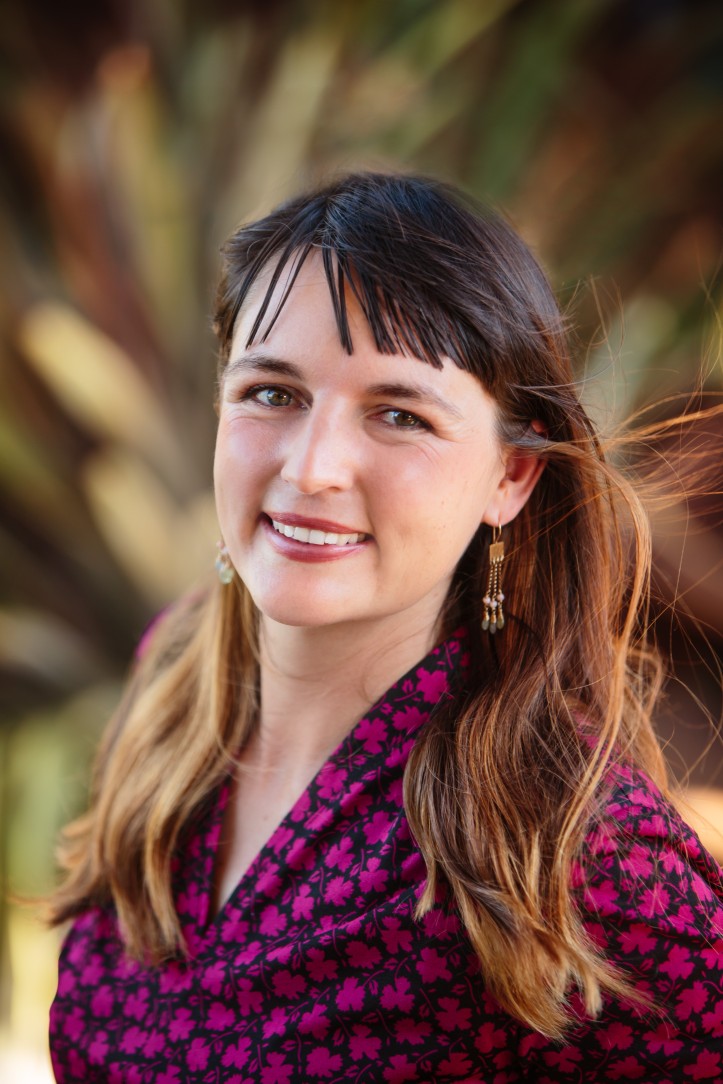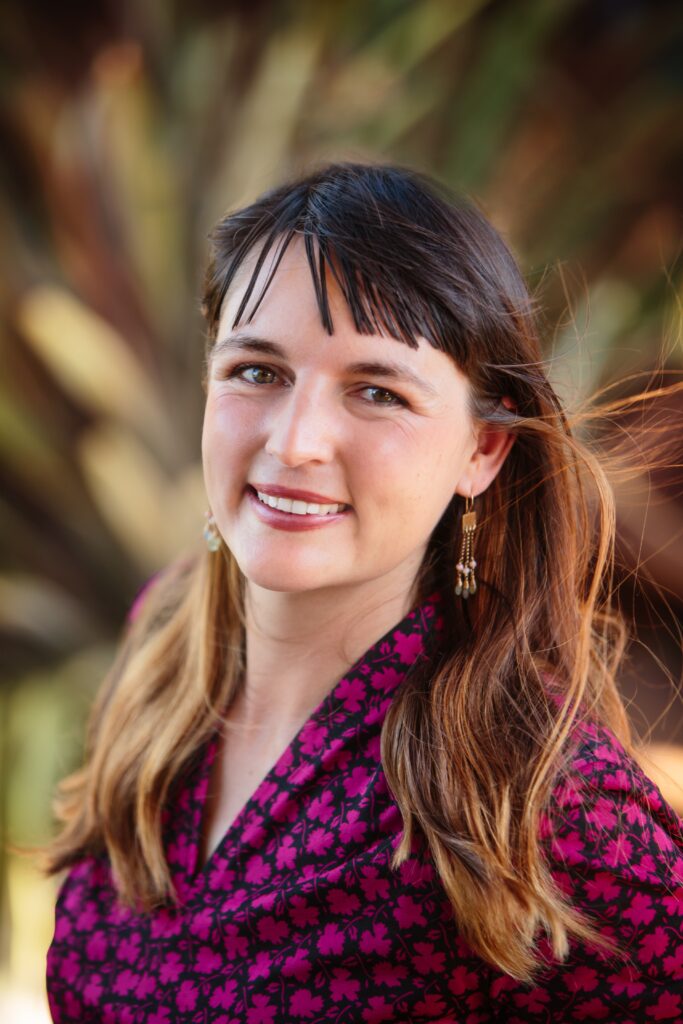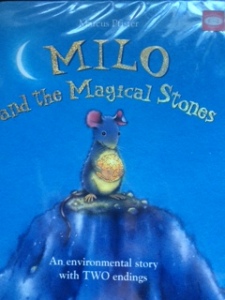This week I was lucky enough to interview Zanni Louise, author of 2018 CBCA shortlisted book Archie and the Bear, Too busy sleeping and now a wonderful new series called Tiggy and the Magic Paintbrush.

Zanni explains what inspired her to write this new series, the importance of friendship and how a magic paintbrush can lead to the development of self belief in those tough times.
Thank you Zanni!
————-
- What inspired you to write a series of books about a young girl with a magical paintbrush?
The stories evolved over a number of years. They began as stories about a girl called Wynn and a 3D printing machine, which Wynn used to print things to solve her problems. The idea initially came from a fun conversation with my daughter. Working with editors, though, I ended up ‘refreshing’ the name, and decided that it would be more practical to have a magical device she could take with her, and preferably keep secret.
- Why a magical paintbrush?
When brainstorming devices, my daughter rushed past me, hurriedly painting imaginary things in the air with her invisible paintbrush. A paintbrush is handy, portable, and small enough to hide. It also gives Tiggy scope for creativity, which is something I really like.
- Tiggy has two special friends at school, and in one of your picture books, Archie and the bear, friendship is focussed on too. How important is it that we have friends in our lives – at all ages?
Friendship is a big theme in my life, and inadvertently a big theme in all my stories. Everyone has a different version of friendship, and I guess I’m interested in exploring all these different forms.
- How do you see this book helping young children as they start early schooling or even when they change classes or schools?
The first book A School Day Smile was written because my daughter was at the cusp of starting school, and I was curious about about her emotional responses, and her strategies for coping with this big change. Tiggy is clearly nervous about her first day, but is trying to be brave. I think this is a common experience, and for kids reading this, they feel validated that these are normal experiences. Tiggy also attempts to use magic to make her feelings go away, going as far as changing who she is, so people will like her. But in the end, she has to come back to being comfortable with her Tiggy-ness. I think this is important for all of us.
- Tiggy’s paintbrush is a tool she can use but she also learns that she can cope without it. I think this is a really important aspect of the story – why did you feel the need to ensure when children read this that they knew how important it is to realise how wonderful they are and that they can get by without these magical tools?
That aspect to the stories emerged quite unintentionally. It becomes a nice metaphor for reality though, that we don’t need to rely on our ‘crutches’ – we have all the resources we need within us. My editor at Five Mile, Melissa Keil, really helped draw out the ambiguity between Tiggy’s magic and her imagined world. I love too that Gillian’s illustrations bring this to life, by contrasting Tiggy’s ‘real’ black and white world, with her colourful imagined, magical world.
- You have written two wonderful picture books and now a junior fiction book. How was the process of writing Tiggy and the Magical paintbrush different to your other stories?
It took me a long time to get my head around writing for this age group. Unlike picture books, junior fiction and independent readers are being read by kids themselves, so the language needs to be very simple, without compromising the stories. The process of writing these stories, particularly as a series, has helped me really flesh out the narrative arc in all my stories. I have always gotten away with writing very intuitively with picture books. But independent readers push me in new directions.
- Inspiration can come from many places – how do you find yours and develop these ideas into stories?
I like to keep inspiration and creativity at my finger tips. To be honest, I have half a mind on potential ideas almost all the time! Mostly, I’ll try and write ideas down. When I get a chance, or feel particularly inspired, I’ll start nutting out a story. I’m fairly patient with stories. Some take days to develop. But some take years! Often a partly formed idea will sit on my computer for months before it becomes anything more.
- What else will we see Tiggy get up to in future books?
In the next two books, Tiggy tries her hand at performing, and prepares for a birthday party. And next? Well, yet to be seen!
Buy Tiggy and the Magic paintbrush here:





